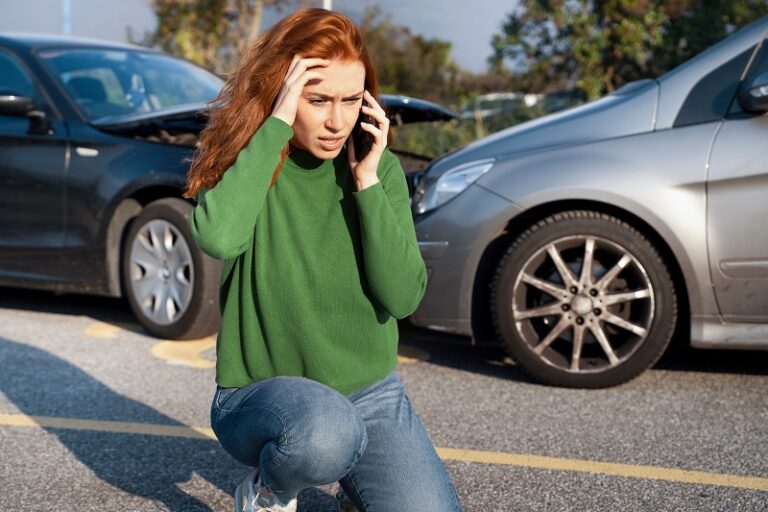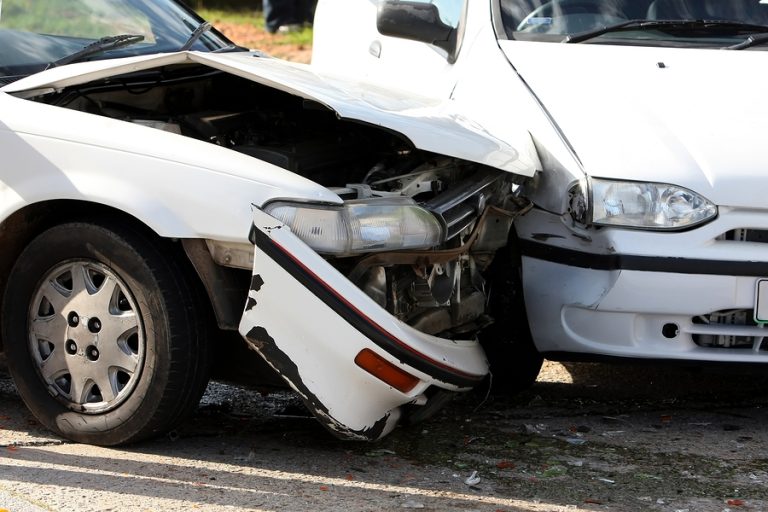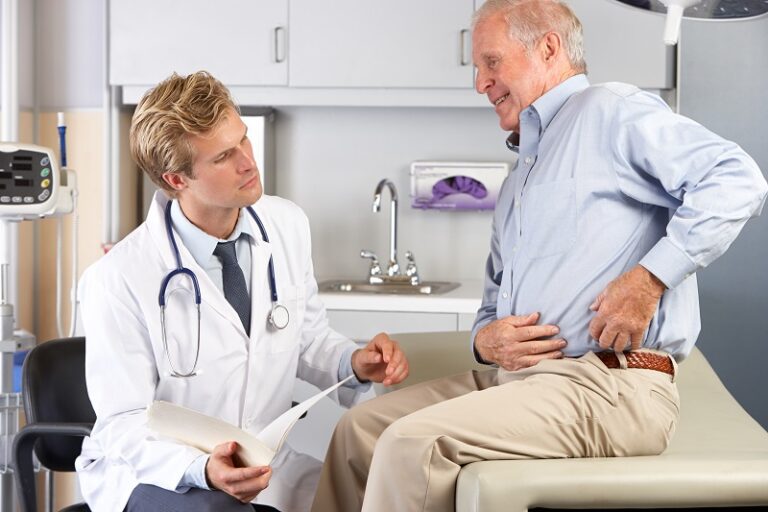Learn the risks associated with rollovers, and you will want to understand why rollovers occur, what can be done to prevent them, and the most common injuries suffered in rollover accidents. If you have already been involved in a serious rollover vehicle accident then don’t hesitate to contact the car accident attorneys at Gomez Trial Attorneys to discuss your legal options.
Why Rollovers Happen
Rollover Accident Types
A rollover accident is exactly what it sounds like: some action or force causes the vehicle to physically roll. It could fall onto its side or flip onto its roof. Depending on the speed at which the car was traveling and the force of the impact that caused the rollover, the vehicle might even continue to roll, flipping more than once. There are two main types of rollover accidents: tipped and untipped.
- Tipped rollover accidents: This type of rollover accident occurs when a vehicle either slides onto an unpaved surface or hits a guardrail. In the case of the unpaved surface, the soil causes the lower portion of the car to move more slowly than the force of gravity on the top half of the car. When a guardrail is involved, the guardrail slows the momentum of the lower half of the vehicle. In both scenarios, the unequal force causes the vehicle to tip over.
- Untipped rollover accidents: These are much less common than tipped rollover accidents and don’t involve any impact on the vehicle. Instead, a top heavy vehicle may make a sudden movement, such as swerving at a high speed, causing uneven weight distribution. The lack of balance causes the vehicle to tip or roll over.
Rollover Accident Causes
If you are driving down the highway and spot a rollover accident, you can be sure of one thing: there were almost certainly injuries involved. While rollovers are not the most common type of vehicle accident, the likelihood of injuries or fatalities increases whenever a rollover occurs. In 2018, California saw 3,563 traffic fatalities, and 22 percent of these fatalities were the result of a rollover. Nationally, this percentage is closer to 30 percent.
When we think of vehicle accidents, it is most common for accidents involving two vehicles to come to mind. For many rollover accidents, however, there is no impact with a second vehicle, as single-vehicle accidents are the most common scenario for rollovers. In fact, 85 percent of fatal rollover accidents only involve one car. Rollover accidents are commonly caused by circumstances relating to the car, the environment (such as the road or weather), and driver action or inaction.
Factors that can contribute to the likelihood of a rollover accident include:
- Driving a vehicle with a high center of gravity, such as a truck, SUV, or van;
- Traveling at faster speeds, with almost 75 percent of fatal rollovers occurring at speeds over 55mph;
- Driving on rural roads, as they are less likely to have barriers that might help prevent a rollover;
- Driving on uneven roads or off-roading, as these conditions can make the vehicle unstable;
- Driving on slick roads due to bad weather or some other substance on the road, causing the vehicle to slide and swerve; and
- Consuming alcohol, with alcohol consumption being involved in nearly 50 percent of fatal rollovers.
We cannot overstate importance of the first factor—the type of vehicle. Studies show that while rollover crashes only accounted for 22 percent of occupant deaths in cars, they accounted for 45 percent of occupant deaths in SUVs and 41 percent in pickups in 2017.
Interestingly, complicated or abnormal driving maneuvers are not a common contributing factor to the likelihood of experiencing a rollover accident. Drivers are more often performing a routine action, such as driving on a straight road. This indicates that driver behavior, such as inattentiveness or distraction, is a major contributing factor to these types of accidents.
Preventing Rollover Accidents and Reducing Injuries
While you cannot completely prevent rollover accidents, you can reduce the likelihood of their occurrence and also reduce the severity of resulting injuries by taking the following steps.
Rollover Prevention
A little research and smart driving decisions can go a long way in reducing the likelihood of being involved in a rollover accident.
Prioritize advances in technology. If you are shopping for a new vehicle, make sure you understand crash test ratings. The Insurance Institute for Highway Safety and the National Highway Traffic Safety Administration (NHTSA) provide comprehensive assessments of how well vehicles protect occupants in a crash and whether they include technology that can prevent a crash or lessen its severity. As it relates to rollovers, these tests can inform you about:
- Whether a vehicle includes electronic stability control;
- If the car includes side curtain airbags to protect occupants during a rollover; and
- The vehicle’s roof strength, which is critical in increasing the likelihood of occupant survival during a rollover.
The Federal Motor Vehicle Safety Standards found that electronic stability control can significantly reduce the likelihood of rollover accidents and made it a required feature, starting in 2011. Make sure you stay informed on the SUVs and trucks that are most prone to flipping according to the various safety ratings organizations.
The more consumers begin to demand these features that can reduce the chances of rollovers and associated injuries, the more they will become standard in vehicles.
Avoid alcohol consumption. While this may seem obvious, alcohol is continuously found to be a factor in causing rollover accidents. A study by the NHTSA found that alcohol plays a part in almost 50 percent of fatal rollover accidents. Interestingly, drivers of passenger cars, which are generally less prone to rolling, were more likely to have consumed alcohol if they were involved in a rollover accident. Continued state and federal efforts to reduce drinking and driving are helpful, but each person must take their safety into their own hands and make the smart decision not to drink and drive.
Don’t speed. Similarly to avoiding alcohol consumption, this may seem obvious. But small changes can have big effects. Up to 40 percent of rollover accidents are speed-related. Being mindful of your speed, especially in vehicles more prone to rollovers, will help reduce the likelihood of their occurrence.
Check your tires. Tire blowouts and other tire issues are common contributors to rollovers. Make sure that the tires on your vehicle are the correct size and design. Also, regularly check your tire pressure to avoid driving on underinflated tires.
Invest in infrastructure. Fatal rollovers are much more common on roads without barriers. Any community that sees somewhat frequent rollovers should consider adding barriers as an important part of its infrastructure development planning.
Injury Reduction
One of the most concerning aspects of rollovers is the high rate of fatalities. You can, however, reduce the chance of fatalities and injuries if a rollover occurs.
Wear your seatbelt. One of the reasons rollovers are so dangerous to passengers is because they present a high risk of ejection from the vehicle. The jarring movement of the vehicle accompanied by shattering or deformation of doors and windows increase the chances an occupant could be thrown from the car. Over 60 percent of rollover fatalities were individuals who were ejected from the vehicle.
The best way to reduce the risk of ejection is to wear a seatbelt. The NHTSA found that 72 percent of individuals who died in rollovers were not wearing a seatbelt. Additionally, its findings showed that only 4 percent of individuals wearing seatbelts were ejected, while 53 percent of individuals not wearing a restraint were ejected.
Support technology advancements. While consumers don’t control regulatory bodies or car manufacturers, they do have control over where their money goes. The more consumers opt for vehicles that incorporate the most recent, advanced safety technologies, the more quickly these technologies will be adopted as mainstream.
Support the adoption of federal regulations that require these important technologies in all vehicles. One example is ejection mitigation regulations, which are required for all 2018 and newer model year vehicles. This regulation requires enhancement to side curtain airbag systems to ensure deployment during rollovers, helping avoid ejection through a side window.
Common Injuries From Rollover Accidents
Rollover accidents are among the most dangerous accidents on the roads. It should come as no surprise, then, that the resulting injuries can be quite severe. While the list below is not exhaustive, it includes some of the more common injuries suffered by vehicle occupants as a result of a rollover:
- Head and traumatic brain injuries. As we have discussed above, rollovers can throw occupants around inside the car or even eject them from the vehicle, especially if they aren’t wearing a seatbelt. This can result in skull fractures, lacerations on the head, and brain injuries. These injuries can impact the individual and their ability to function for the rest of their life.
- Neck injuries. Given the speed and force involved in most rollover accidents, occupants can experience whiplash, herniated discs, slipped discs, and nerve damage.
- Spinal cord injuries. Serious back injuries are likely in a rollover accident given the tremendous force exerted on the vehicle and the body.
- Broken bones. As objects fly around the car and occupants brace themselves or collide with surfaces inside the car, broken bones are common, including broken arms, legs, and ankles.
- Cuts, bruises, and soft tissue injuries. Torn ligaments, pulled muscles, and other injuries are a common result of being involved in a rollover.
With the high risk of ejection and the extreme force exerted on occupants of vehicles involved in a rollover, occupants can anticipate significant and long-term injuries that may require extensive medical attention. In addition to the above injuries to your body, your car will likely suffer significant damage, perhaps so significant that your insurer will declare the vehicle totaled. Given the likely extent of injuries and damage, it will be important to consider your path to recovery after the accident.
What Now?
If you were in a rollover accident, you may wonder what steps to take next. The first and most important step is to ensure that you and any other vehicle occupants receive the proper medical attention. Even if you do not feel like you have sustained injuries, it is important to see a doctor as soon as possible, as adrenaline may mask pain in the hours after the crash. In addition to ensuring your safety, having immediate documentation of any injuries is important for insurance purposes.
After you have taken time to focus on your health, you will need to consider whether any other party was at fault for the rollover. If possible, make sure you secure a police report, contact information for any witnesses, and documentation of the site of the accident. This information could be very important in identifying any external factors involved in the accident at a later date.
Examples of situations where you may need to investigate another party’s obligations include those where:
- Another vehicle was involved in the accident;
- The accident occurred in a construction zone that was poorly marked;
- The road was poorly maintained; or
- There was a mechanical failure of some sort with one of the vehicles involved.
Even if none of the above apply to your scenario, you should also consider whether your car responded appropriately during the crash. If your airbags failed to deploy or the vehicle was not equipped with the required technology, such as electronic stability control, these failures likely contributed to the severity of your injuries, and the manufacturer should take appropriate responsibility.

An attorney can help you analyze your situation and determine how to secure appropriate compensation if others are responsible. For example, the attorney may advise you to bring a lawsuit against the city or state if there were poor road conditions that caused or contributed to the rollover. If there was a mechanical failure, it will be necessary to seek redress from the vehicle manufacturer. If another negligent party was involved, an attorney can help you navigate dealing with their insurance company or bringing a lawsuit against them. If more than one of these situations is relevant, an attorney can help you manage all the different work streams involved in ensuring you are fairly compensated.
If you need additional assistance, contact a licensed car accident lawyer to help answer your questions.
Gomez Trial Attorneys
John Gomez Attorney
655 West Broadway
Ste1700
San Diego, CA 92101
[619]-237-3490







